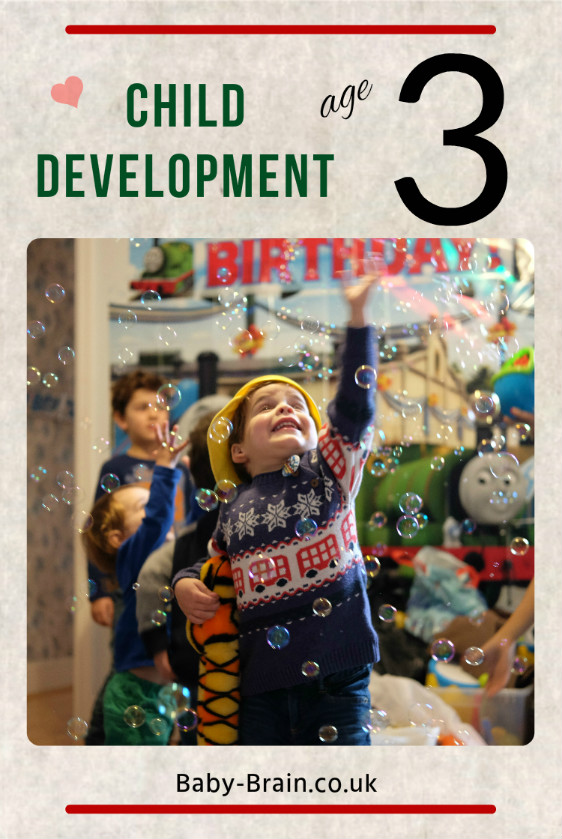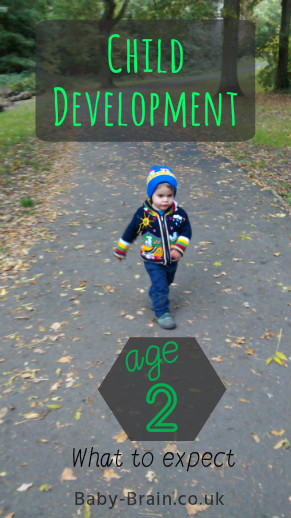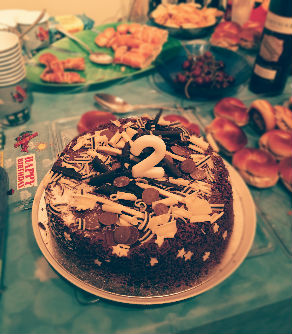We are no longer a baby. We are no longer a toddler. I suppose we are now a… preschooler! Yes happy birthday Little Lovely!

Happy Birthday!
What can we expect aged 3? Here’s some areas of development:
(remember, every child develops at their own rate and there will be differences between children)
Language:
-
I’ve noticed his talking really take off; everything is more fluent and we can have near-proper conversations. According to Talking Point, some areas of language development usually present by age 4 are being able to use longer sentences, starting to like simple jokes (we like burps and farts especially), describing events that have happened e.g. “we went beach”, but still making mistakes with tenses e.g. saying “runned for ran”.
Cognitive:
-
We’re enjoying small world play and developing simple story lines and narratives with toys – this sounds fancy but really it just means he’s using one toy (e.g. a Lego car) and pretending that it’s talking to or giving instructions to another toy, following a basic story, e.g. the car is going to the shops. He sometimes uses a different voice to indicate that he’s talking as the car and not as himself. It’s always the same voice he uses and has not experimented with different pitches, genders, ages, volume etc
-
Other areas of cognitive development according to CDC (centers for disease control and prevention) include this “make-believe” play with dolls, animals and people, doing a 3 or 4 piece puzzle, building towers of more than 6 blocks (read more here)
-
Social cognition and Theory of Mind – understanding that other people possess a mind and beginning to understand the minds of others – that they think, feel and perceive and these might be different thoughts, feelings, perceptions to our own. This is constantly developing in the early years; 3 year olds ,might talk about what other people think (Bartsch & Wellman, 1995*) but at age 3 the development of ToM has further to go…
Motor skills:
-
According to this great timeline of development from the NHS, at aged 3-4 years children start to draw people! Can’t wait… I’ve noticed him starting to colour in specific areas of a picture (e.g. the eyes) rather than general scribbles and colouring
-
Starts using a knife and fork (age 3-5; NHS timeline, link above)
*Bartsch, K & Wellman, H. M (1995). Children talk about the mind. New York, NY: Oxford University Press


